Fast food isn’t just about quick meals—it’s a battlefield of innovation, flavor, and culture. Over the years, the biggest chains have taken bold risks, unleashing game-changing creations that redefine what fast food can be.
Think of the McFlurry’s creamy magic, Taco Bell’s Doritos Locos Tacos smashing sales records, or Popeyes’ chicken sandwich causing nationwide frenzy. These launches didn’t just hit the menu; they hit the cultural zeitgeist, sparking trends, inspiring imitators, and forever changing how millions eat on the go.
But for every daring success, there’s a cautious counterpoint—those safe bets that, while not offensive, failed to excite or innovate. From Burger King’s Satisfries promising health without flavor, to Subway’s Flatizzas that barely moved the needle, sometimes playing it safe means getting lost in the crowd. These launches remind us that in fast food, innovation requires more than just tweaking a recipe; it demands understanding customers’ cravings and delivering something fresh and memorable.
Whether you’re a fast food fanatic or just curious about the stories behind your favorite (and not-so-favorite) menu items, this list reveals the high stakes and bold moves that keep the fast food world spinning. Because in this business, sometimes the biggest risk leads to the biggest reward—and sometimes, playing it safe just means being forgotten.
1. Hit: McDonald’s McFlurry

Created in 1995 by a Canadian McDonald’s owner, the McFlurry forever changed how we think about fast food desserts. Before this treat arrived, most chains offered basic sundaes or shakes without much excitement.
The genius was in its simple but irresistible design – soft serve ice cream mixed with candy pieces using a special spoon that attaches to the mixing machine. This innovation sparked a dessert arms race among competitors who scrambled to create their own signature frozen treats.
The McFlurry’s success proved that fast food desserts could be destination items rather than afterthoughts, encouraging chains to invest more in their sweet offerings.
2. Hit: Taco Bell’s Doritos Locos Tacos
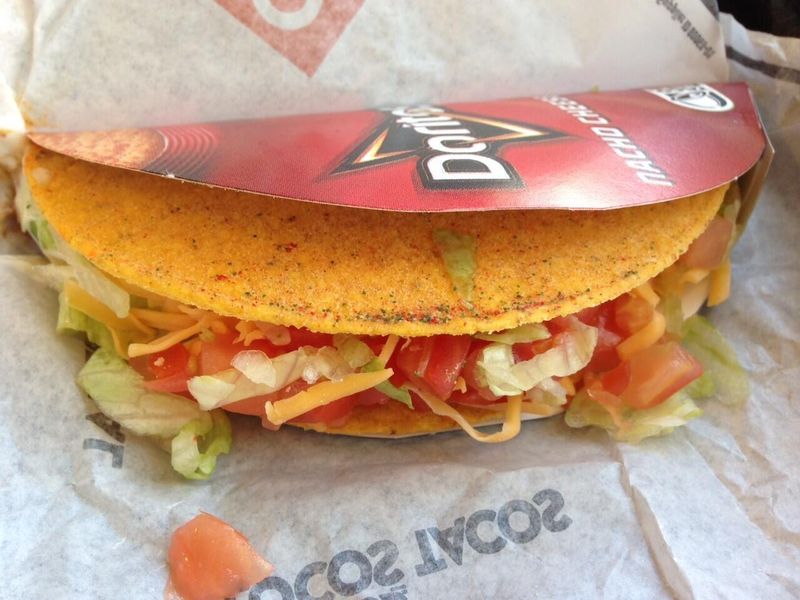
When Taco Bell unveiled the Doritos Locos Tacos in 2012, they didn’t just release a new menu item – they created a cultural phenomenon. The orange-dusted taco shell sold over a billion units in its first year alone, becoming the most successful product launch in Taco Bell history.
What made this innovation so groundbreaking was the perfect marriage between two beloved brands. The familiar Doritos flavor paired with Taco Bell’s traditional fillings created something both new and comfortingly familiar.
This launch pioneered the trend of major brand collaborations in fast food, opening the floodgates for partnerships like the Burger King Lucky Charms shake and KFC’s Cheetos sandwich.
3. Hit: Popeyes Chicken Sandwich
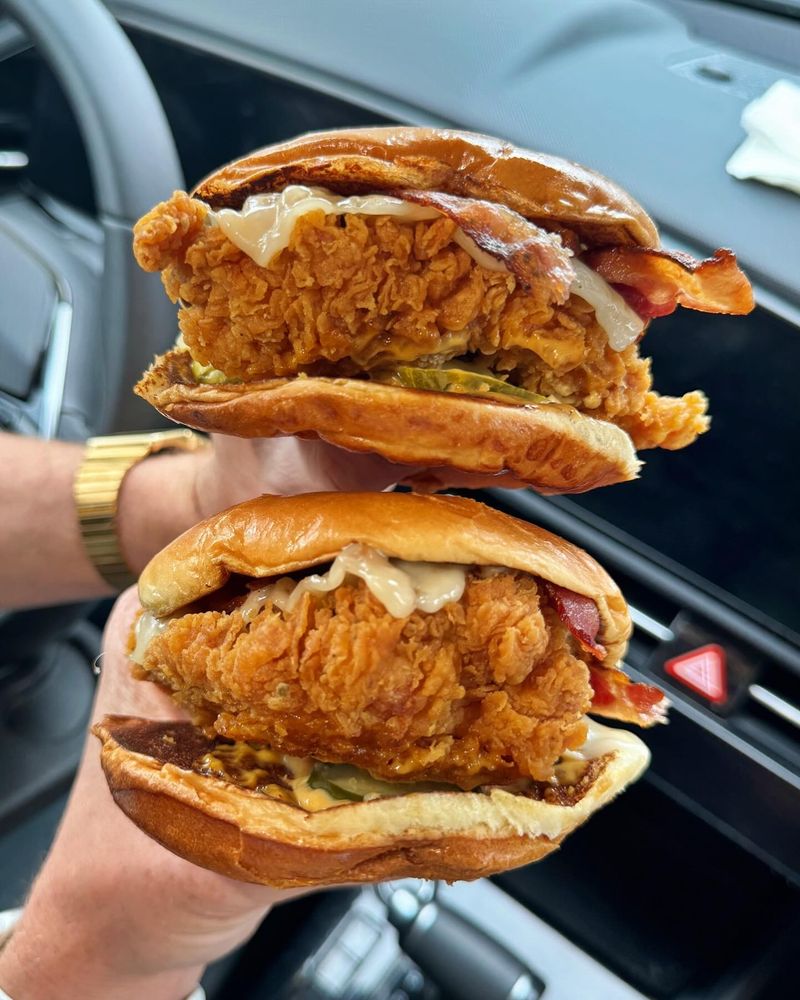
August 2019 marked a turning point in fast food history when Popeyes launched their chicken sandwich. The seemingly simple offering – a buttermilk-battered chicken breast on a brioche bun with pickles – sparked a nationwide frenzy that broke the internet and emptied stores.
Lines wrapped around buildings, locations sold out nationwide, and a genuine cultural moment emerged through organic social media buzz. The sandwich generated an estimated $65 million in equivalent advertising value from the online conversation alone.
Popeyes’ triumph forced every major chain to reevaluate their chicken sandwich offerings, creating what industry experts now call “the chicken sandwich wars” – a battle that continues to reshape fast food menus today.
4. McDonald’s All-Day Breakfast
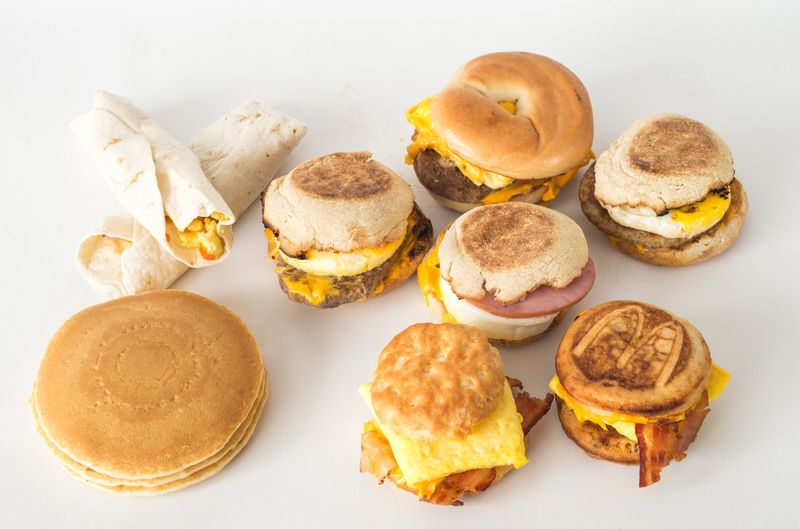
McDonald’s shattered one of fast food’s oldest rules in 2015 when they finally made breakfast available all day. Customers had begged for afternoon Egg McMuffins for decades, but operational challenges kept breakfast strictly a morning affair.
The move required significant kitchen reorganization and new cooking procedures at over 14,000 US locations. Despite these hurdles, the gamble paid off spectacularly – McDonald’s reported a 5.7% sales increase in the first quarter after launch, their best performance in 4 years.
Beyond boosting McDonald’s bottom line, all-day breakfast forced competitors to reconsider their own rigid daypart menus, creating more flexible options across the industry.
5. Hit: Starbucks Pumpkin Spice Latte
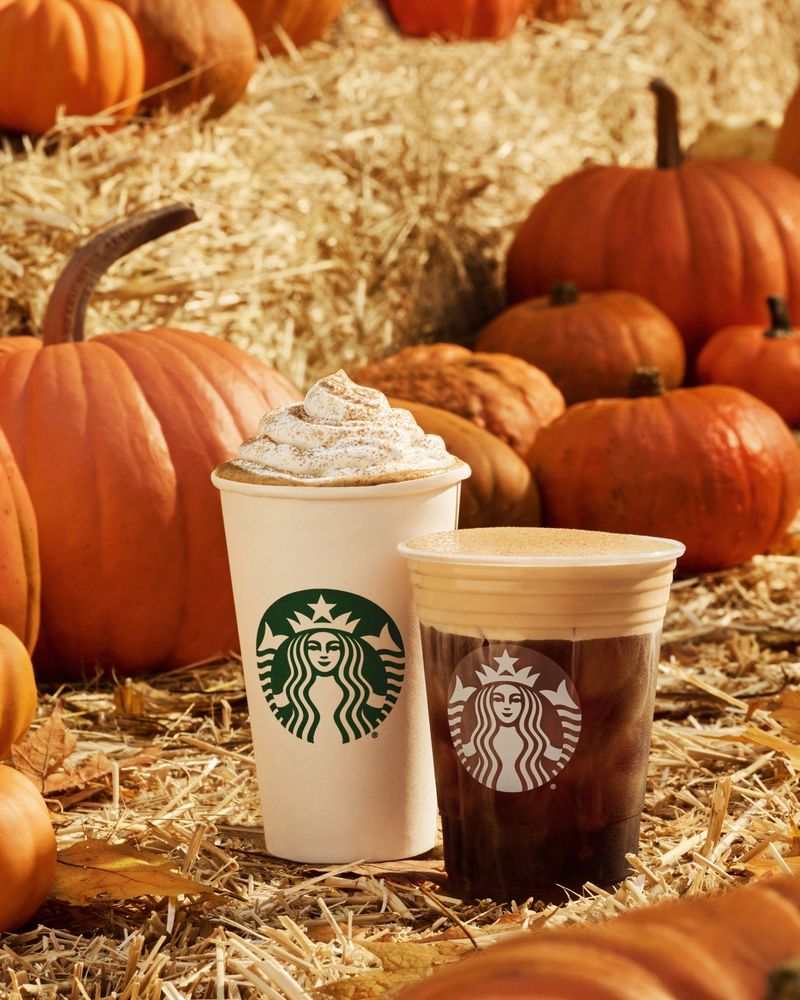
Fall wasn’t always pumpkin spice season. Starbucks forever changed seasonal marketing when they introduced the Pumpkin Spice Latte (PSL) in 2003. The combination of espresso, steamed milk, pumpkin flavor, and warm spices became more than a drink – it transformed into an annual cultural event.
Starbucks created artificial scarcity by offering it only during fall months, generating anticipation and urgency. The PSL pioneered the concept of the limited-time seasonal offering that customers eagerly await, photograph, and share on social media.
This revolutionary approach to seasonal marketing has been adopted across industries, with pumpkin spice products now generating over $600 million in annual sales across all retail categories.
6. Burger King’s Satisfries
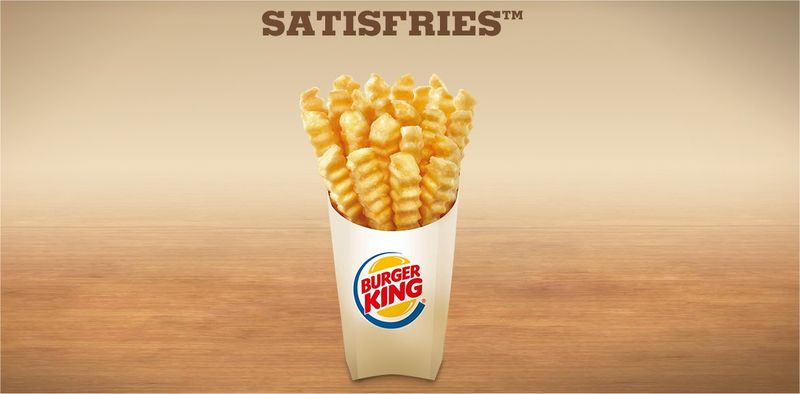
Burger King thought they had a winner with Satisfries in 2013 – french fries with 30% less fat and 20% fewer calories than their regular fries. The concept seemed perfect for health-conscious fast food eaters who wanted to indulge without the guilt.
Despite the promising concept and a massive marketing campaign, customers largely shrugged. The crinkle-cut fries cost more than regular fries but didn’t deliver enough taste difference to justify the price bump.
After less than a year, Burger King pulled Satisfries from most locations. The launch proved that fast food customers might say they want healthier options, but taste and value still reign supreme when they’re actually ordering.
7. McDonald’s McPizza
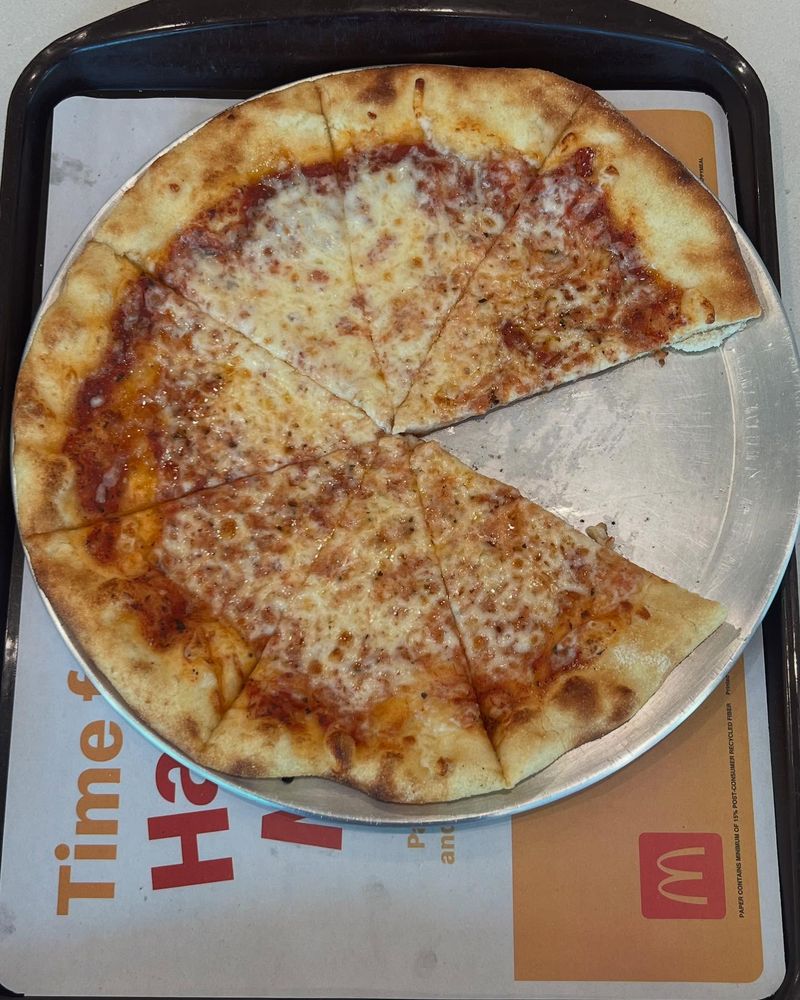
McDonald’s attempted to enter the pizza market in the late 1980s with McPizza, hoping to capture dinner customers and compete with pizza chains. The concept seemed logical – expand beyond burgers to become a one-stop family restaurant for all meals.
The execution, however, revealed why this launch played it too safe. McDonald’s didn’t create anything innovative – just a basic personal pizza that took much longer to prepare than their other items. The 11-minute cook time contradicted the “fast” in fast food, creating operational nightmares and frustrated customers.
By 2000, nearly all McPizzas disappeared from menus, teaching the industry that simply copying competitors without adding unique value is a recipe for failure.
8. Wendy’s Superbar
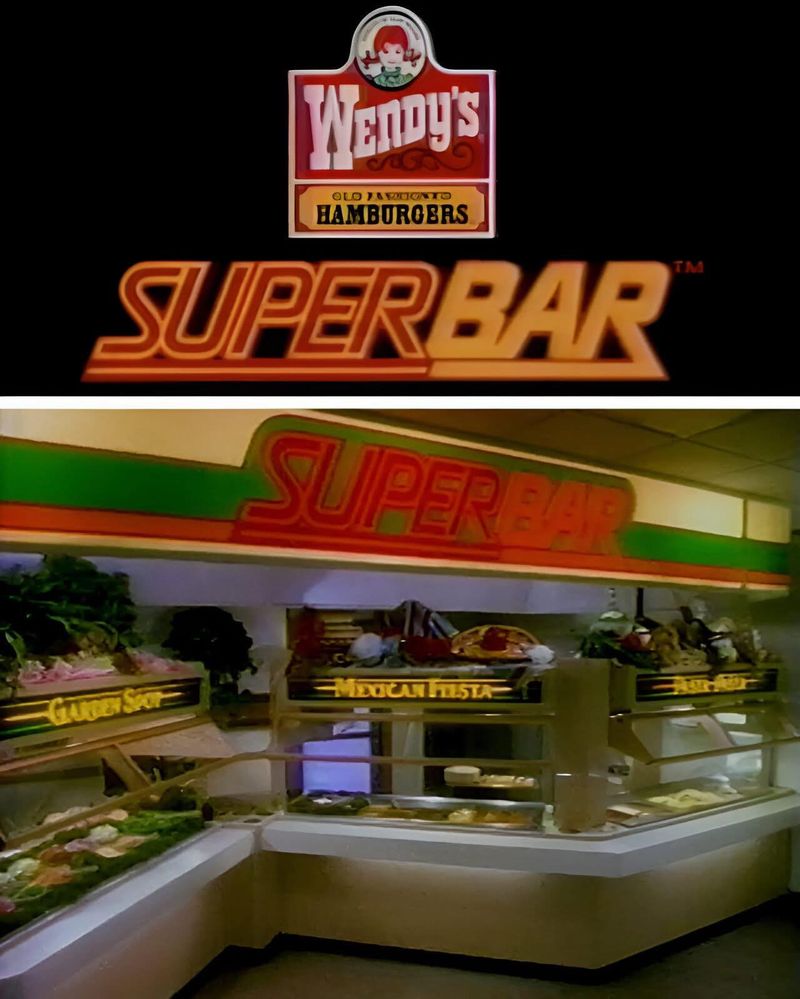
Remember when Wendy’s tried to be a buffet? From the mid-1980s to late 1990s, many Wendy’s locations featured the Superbar – an all-you-can-eat buffet with Mexican food, pasta, and salad stations for just $2.99.
While initially popular, the Superbar played it safe by offering mediocre versions of foods outside Wendy’s expertise. The pasta was forgettable, the Mexican food was bland, and the concept created operational headaches for staff who had to maintain fresh food across multiple stations.
Ultimately, the Superbar disappeared because it failed to deliver anything truly innovative or exciting. It remains a nostalgic memory for many but serves as a lesson in how playing it safe with half-measures rarely succeeds.
9. Subway’s Flatizzas
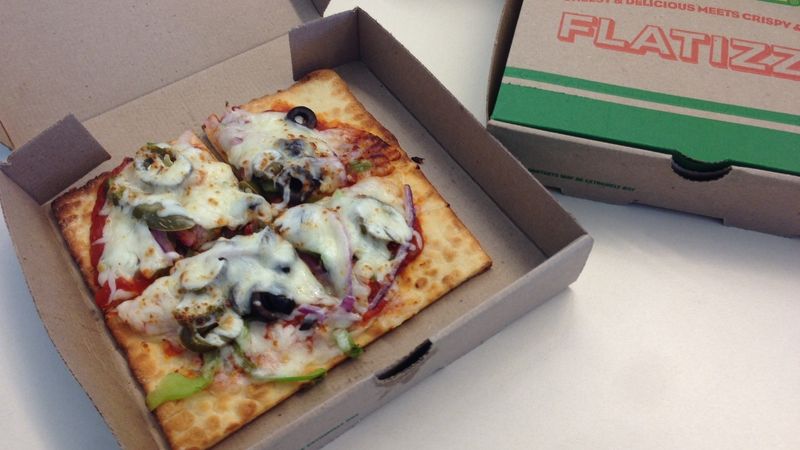
Subway tried to expand beyond sandwiches in 2014 with Flatizzas – personal flatbread pizzas that could be customized like their subs. On paper, it made sense: leverage existing ingredients and equipment while offering customers more variety.
The execution, however, was underwhelming. Rather than creating a unique pizza experience, Flatizzas were essentially just open-faced sandwiches with marinara sauce and melted cheese. They didn’t offer anything customers couldn’t get better elsewhere.
Most customers continued ordering the sandwiches Subway was known for, and Flatizzas quietly disappeared from menus. This launch demonstrated how playing it safe with a half-hearted product extension rarely captures customer imagination or drives significant sales.
10. McDonald’s Mighty Wings
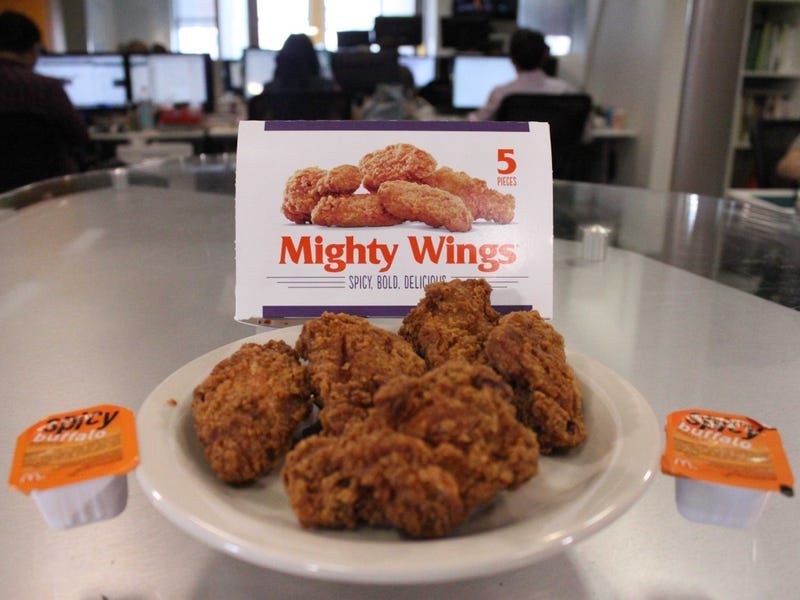
McDonald’s Mighty Wings seemed like a safe bet in 2013. Chicken wings were booming in popularity, and McDonald’s wanted a piece of the action. They launched bone-in chicken wings nationwide after successful regional testing.
Despite decent flavor, the launch faltered for several reasons. Priced at around $1 per wing, they were significantly more expensive than most McDonald’s menu items. The spice level was too intense for many McDonald’s customers used to milder flavors.
McDonald’s ended up with 10 million pounds of unsold wings, eventually selling them at clearance prices. This safe-seeming product extension failed because it didn’t consider the core McDonald’s customer or price expectations, proving that even established categories can flop without proper positioning.
Leave a comment